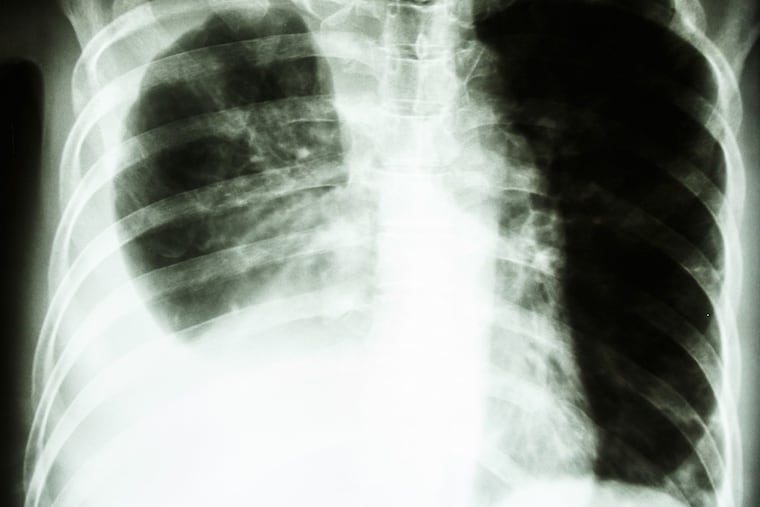Q&A: Detecting lung cancer early
Learning the symptoms of lung cancer can help with early identification and potential treatment.

Q: How can I detect lung cancer early?
A: Lung cancer is the leading cause of cancer death among both men and women in the United States. We tend to associate lung cancer with lifelong smokers, but as many as 65% of new lung cancer diagnoses actually occur in people who have quit smoking or have never smoked.
Lung cancer starts when abnormal cells cluster together to form a tumor in the lungs. From there, cancerous cells can spread throughout the bloodstream to other organs. The key to effective treatment is catching lung cancer in its early stages before it can do serious damage. As lung cancer reaches its later stages, high levels of chemotherapy and long-term treatments likely are necessary.
Learning the symptoms of lung cancer can help with early identification and potential treatment. Some of the most common symptoms include:
Shortness of breath
Persistent cough
Coughing up blood
Unexplained weight loss
Chest pain
Certain people have a higher risk for lung cancer than others. Those with an immediate family member who currently has or previously had lung cancer may be more prone to developing the disease. Exposure to secondhand smoke, asbestos and radon gas has been linked to an increased risk for lung cancer. Also, about two-thirds of lung cancer diagnoses are in people age 65 or older.
While those genetic and environmental factors can affect your risk, smoking is the number one cause of lung cancer. Current and former smokers may be eligible for low-dose CT scans to detect cancer in its early stages. Low-dose CT scans are quick, painless and non-invasive lung cancer screenings that involve minimal radiation. The scans provide detailed pictures of the lungs and are able to detect cancer earlier than traditional chest X-rays.
If you are a smoker, the best way to prevent lung cancer is to quit. Beyond that, there are other proactive measures that can reduce your risk for lung cancer.
Test your home’s radon levels. Radon is an odorless, radioactive gas emitted from the ground that can get trapped in walls and floors. Exposure to high radon levels is the second leading cause of lung cancer, according to the National Cancer Institute. Radon test kits are readily available to purchase online and at home improvement stores.
Avoid secondhand smoke. If you live with a smoker, urge the person to quit. At the very least, convince the person to smoke outside and away from people.
Exercise and eat a healthy diet. A varied, vitamin-rich diet of fruit and vegetables will help you maintain healthy weight and blood-sugar levels, reducing your risk for lung cancer and other health complications.
Lung cancer can affect anyone. Knowing lung cancer symptoms and screening options can be essential for early detection and treatment. Talk to your doctor about your risk, and possible screenings, for lung cancer.
Rajesh Thirumaran, MD, is the director of hematology and oncology at Mercy Catholic Medical Center.